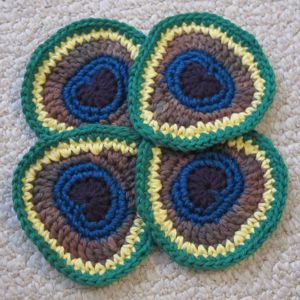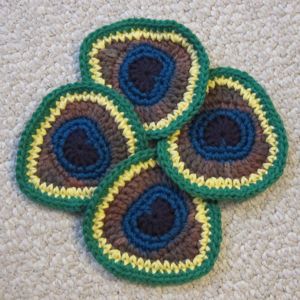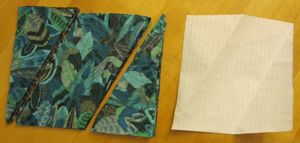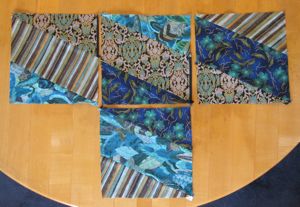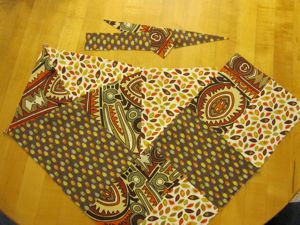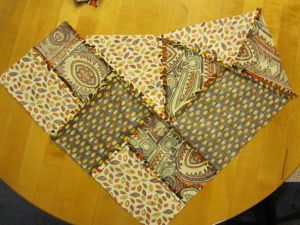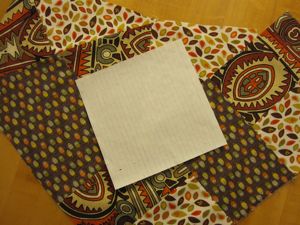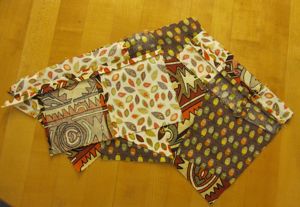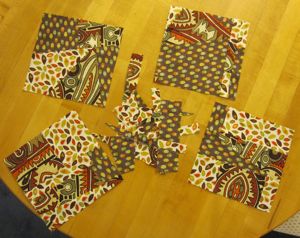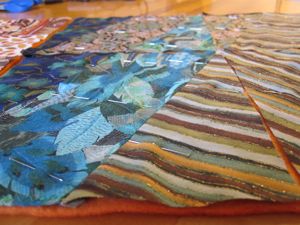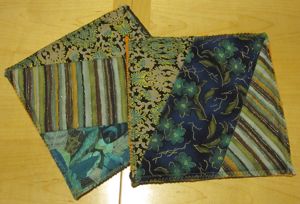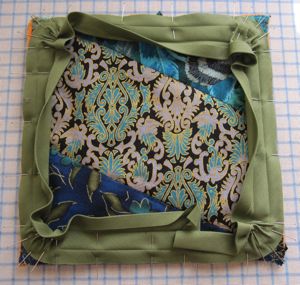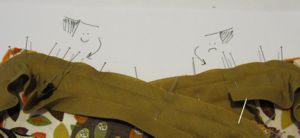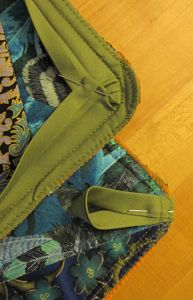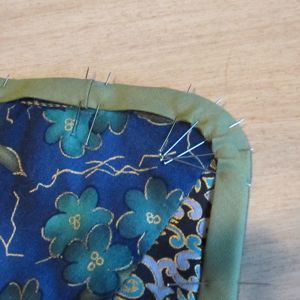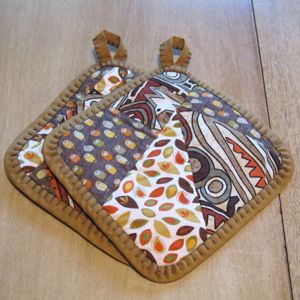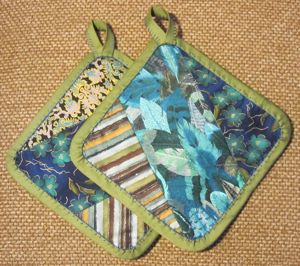My mother made a request for crochet potholders for Christmas, as I have mentioned. I made her four, two single layered and two double layered. I pulled four patterns from Crochet Pattern Central, but only made two of them after all.
The first potholder I made was a kaleidoscope hot pad. This pattern was very mysterious, because until you get to the last round there are just a billion big loops sticking out everywhere. Then, you weave them through each other, and it all makes sense. One modification I made was to go back afterward and stitch around between rounds 2 and 3, because until the weaving gets going, the potholder is very full of holes.
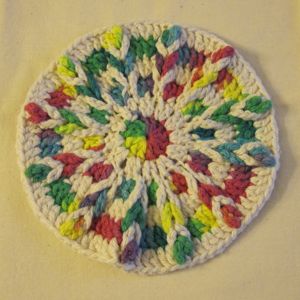
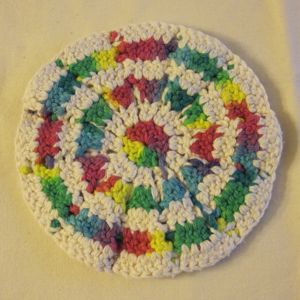
The second was the double-sided ric rac potholder. If you make it yourself, note that mine didn’t look quite like rickrack until I washed it.
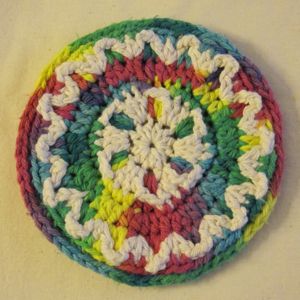
Next I made the ill-fated peacock attempt, which was inspired by the sea shell potholder pattern. While I was pondering where to go with that, I decided not to make the jewel heptagonal potholder, partially because it seemed like it might be awfully thick in the center, and partially because I couldn’t settle on colors.
Instead, I freehanded a potholder that started out pentagonal and ended up as a ten-petaled flower.
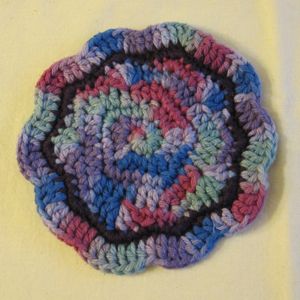
After that I decided to table the peacock idea and freehanded a second potholder. This one started out as a disk, 7 sc in the first round and an additional 7 sc per round until I got to 28, and then became a square by concentrating the increases in the corners. I intended to add each new color with a ch 2, hdc, sc in the first stitch, but halfway through I realized I was actually doing ch 2, dc, sc in the same stitch. Oh well. The next color put an sc in the ch and then 2sc in the dc, and after that I just spiraled around, going as far as I could with each color when it was innermost before going to the next, and putting 3sc in each corner. I made a very large square, finished each color at the corner where it had started, and folded the corners to the center back. I added one more sc, catching a loop from the other side of the potholder, ch 3, and sl st down the opposite line from where each color ended. To get the chains in the center to each be over one other and under one other, I worked around in a circle and with the last one I passed the ch 3 under the appropriate other ch and pulled through the yarn needed to complete the sl st line.
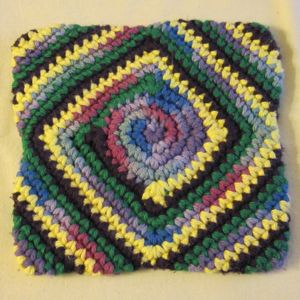
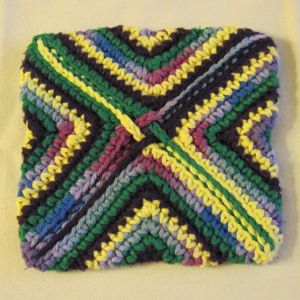
Potholders are a good project – you can do them in one or two sittings, and they’re a nice manageable way to try out interesting stitches and patterns. Highly recommended.
